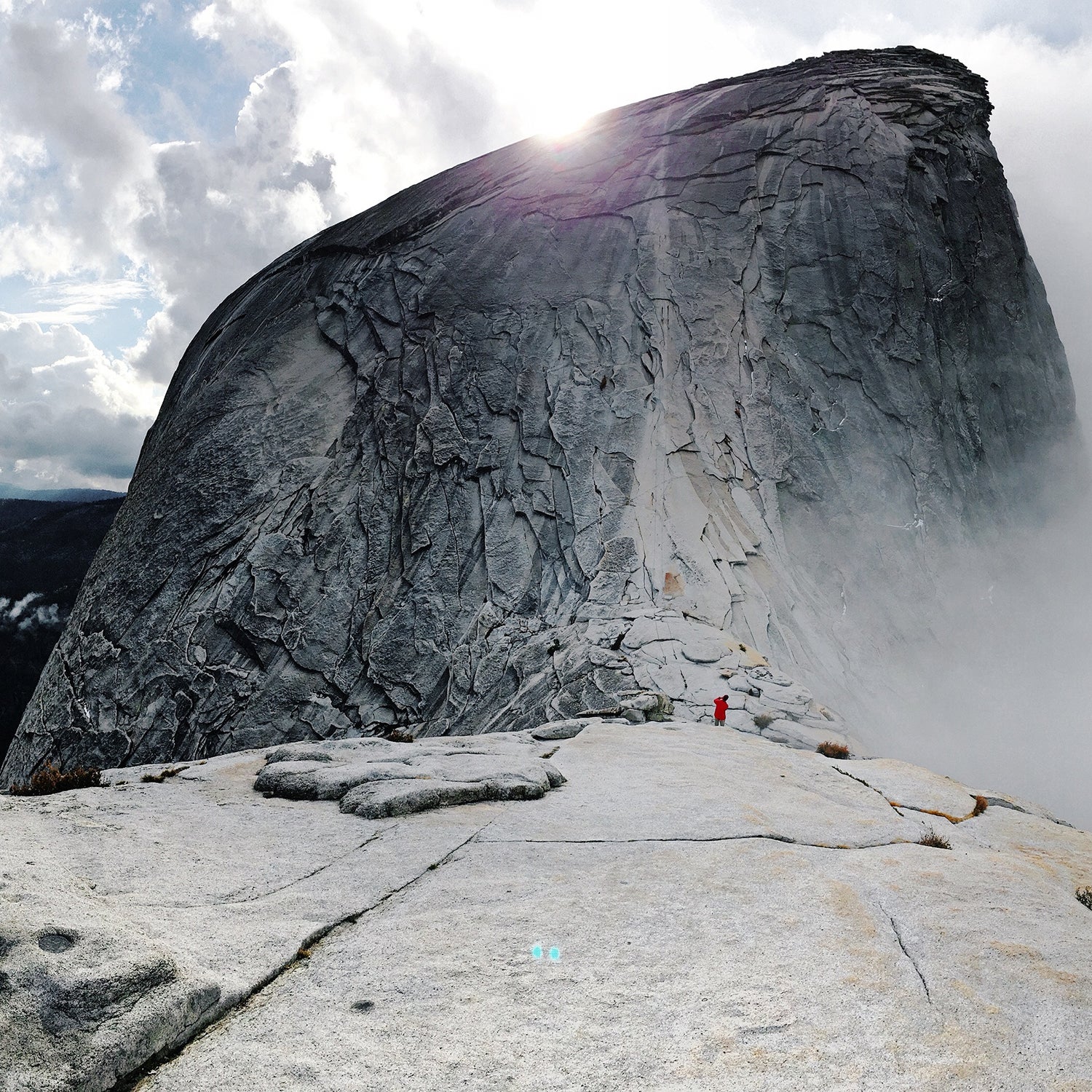The National Park Service suffers from two problems that, an economist would argue, have a relatively simple fix.��
Number one: Overcrowding. A record visits were logged last year across the national park system, a tourist swarm that can make a .��
All those visitors lead to problem number two: A system-wide maintenance backlog that was, as of September 2016, a whopping . More visitors mean more road damage, emergency calls, trail work, animal interactions, and a litany of other expensive problems.��
On Tuesday, the Interior Department proposed that simple fix, though it may sting: a price hike across 17 of the country’s busiest parks during peak season. If enacted, the policy would to these parks during peak season. Car entrance fees would jump from $25 to $70 during summer; bike-in and walk-in fees would jump from the current $10 or $15 to $30. The NPS estimates those visitors would boost revenue by $70 million each year under the new pricing model.��
The 17 parks listed are: Acadia; Arches; Bryce Canyon; Canyonlands; Denali; Glacier; Grand Canyon; Grand Teton; Joshua Tree; Mount Rainier; Olympic; Rocky Mountain; Sequoia and Kings Canyon; Shenandoah; Yellowstone; Yosemite; and Zion.
“The infrastructure of our national parks is aging and in need of renovation and restoration,” Interior Secretary Ryan Zinke said in a statement. “Targeted fee increases at some of our most-visited parks will help ensure that they are protected and preserved in perpetuity.”
From a pure economics standpoint, there’s logic to what Zinke proposes. But public land isn’t a pure economic commodity. “There’s a very real need to fix our parks,” says José González, executive director of Latino Outdoors, which sets up trips designed to get Latinos recreating outside. “But it’s important to ask whether these approaches are being done through an equity lens. Are we closing an equity gap or will we be amplifying it?”
John Loomis, a Colorado State University professor who studies the economics of public land, doesn’t see an equity gap widening. Peak-season demand, he says, is pretty inelastic at the largest parks. “When you think about the Grand Canyon, Yellowstone, Glacier—a huge amount of the cost is just getting there,” he says. If a family commits to a summer vacation at one of those parks, they’ve already committed to spending hundreds of dollars on plane tickets, gasoline, lodging, and food, so an extra $45 at the gate won’t act as a huge deterrent, he says.��
Higher fees would likely lessen congestion, too, and possibly spread those visits out through the year. Much like a toll road, jacking up prices during the busiest times can incentivize visits during a less-crowded, less-expensive time. Look for Yellowstone wolves in winter instead of grizzlies during the summer, and you can save some money.
González agrees with those claims, but says this economic argument is far too simple, and neglects the . “It’s like saying, Well, you’re already poor, so you weren’t going to come anyway,” he says. Those who value national park visits, regardless of race or income level, will commit to spending $70 to get into a park, González says, but the math isn’t so simple for those who aren’t enthusiasts. If someone is on the fence about visiting a national park, be it for a financial reason or one of interest, that $45 price hike might be enough to dissuade them.��
This runs counter to goals laid out by the NPS’s Office of Relevancy, Diversity, and Inclusion. The unit was formed not only to connect the parks system to a diverse population, but to connect that population to a diverse set of parks. The 17 parks identified for a price hike aren’t those in urban areas like Washington, D.C. or San Francisco, but the system’s crown jewels—the ones with mountains instead of monuments, bison instead of a bridge—require a long trip for most Americans. A low-income Bay Area resident can still visit Golden Gate National Recreation area with relative ease, but Yosemite might now seem out of reach.��
“It is just affirming the idea that you need to have a certain socioeconomic status to enjoy public lands,” González says. “These are public lands; they’re not amusement parks. … We need to look at equitable access to keep it public.”
Most agree that the parks need infrastructure improvements, yet Congress has been hesitant to significantly boost funding for such work. Putting the onus on visitors won’t solve it, either. If the NPS were to devote that entire $70 million projected annual surplus to Yellowstone, Grand Canyon, and Glacier national parks, it’d take almost 17 years to fund the backed-up work. And that’s just.
The NPS proposal kicked off a 30-day . Parks could undeniably use the extra money. The question now is where it should come from.


